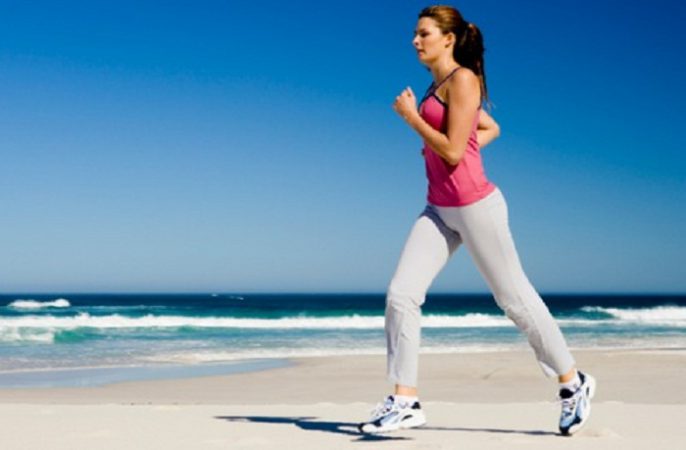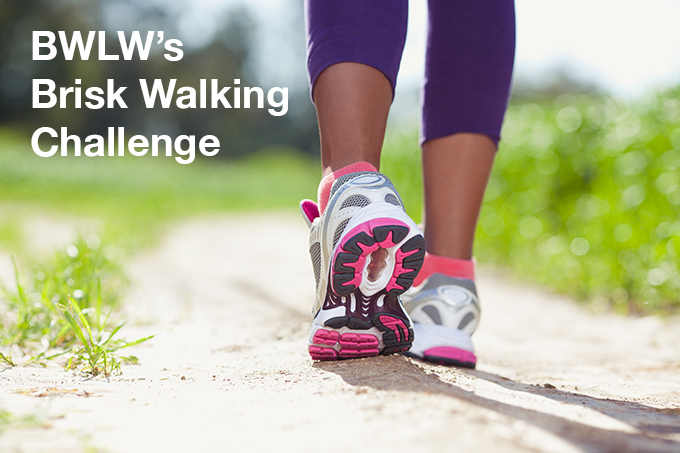

Interestingly, the distance-based group lost an average of 8.8 pounds, while the time-based group gained an average of 2.4 pounds by the end of the 10 weeks. The design of the exercise program aimed to keep the total weekly calorie expenditure as close as possible between the two groups. The exercise could be done at the participant’s convenience and at their own pace. A distance-based group assigned to walk or run (their choice) for an increasing number of miles 3-5 times each week, for 10 weeks.A time-based group who were assigned to walk or run (their choice) for an increasing time 3-5 days a week for 10 weeks and.In a study of 15 overweight, but otherwise healthy subjects, participants were assigned to one of two groups: doi:10.1371/ suggest that going the distance may be the better option when it comes to accurate estimations of overall accumulated exercise and energy expenditure (calories burned).

Impact of Walking on Glycemic Control and Other Cardiovascular Risk Factors in Type 2 Diabetes: A Meta-Analysis. Qiu S, Cai X, Schumann U, Velders M, Sun Z, Steinacker JM. Too much sitting: the population health science of sedentary behavior. Owen N, Healy GN, Matthews CE, Dunstan DW. Walking Toward a New Me: The Impact of Prescribed Walking 10,000 Steps/Day on Physical and Psychological Well-Being. Journal of Behavior Therapy and Experimental Psychiatry. The effects of walking posture on affective and physiological states during stress. Exercise and type 2 diabetes: the American College of Sports Medicine and the American Diabetes Association: joint position statement. Cool down for one to three minutes: Finish your walk by walking at an easy pace.Ĭolberg SR, Sigal RJ, Fernhall B.Take your exercise pulse to see if you are in the moderate-intensity zone. You want to aim for 50 percent to 70 percent of maximum heart rate. A brisk walking pace is one where you are breathing heavier but you can still speak in sentences. Move your arms faster in coordination with your steps to help pick up the pace. Speed up to a brisk pace for 20 to 25 minutes: Now now want to move into a brisk walking pace to achieve moderate exercise intensity that has the best health benefits.
Brisk walking vs walking full#
An easy pace is one where you could sing or carry on a full conversation without any heavier breathing. Walk at an easy pace for three to five minutes: Use the beginning of your walk as a warmup to get your blood flowing to your muscles and to continue to tweak your walking posture.Relax your shoulders with another couple of shrugs. Now straighten up by pretending there is a string attached to the top of your head and, with feet flat on the ground, raise yourself up from your hips to the top of your head. Engage your core muscles by pulling in your stomach and tilting your hips slightly forward as you tuck in your rear. Stand up straight, with your eyes forward and your chin parallel to the ground. Take a moment to get into the right walking posture. Adjust your posture: Posture is very important to being able to walk fluidly at a brisk pace.Loosen up your legs and hips by marching in place for a few seconds. Stand up. Loosen up your shoulders and neck with a few shrugs and shoulder circles. Get ready to walk: Prepare for your walk with a few moves to get your body ready.You may not feel blisters and hot spots, which could develop into ulcers if not treated.



 0 kommentar(er)
0 kommentar(er)
